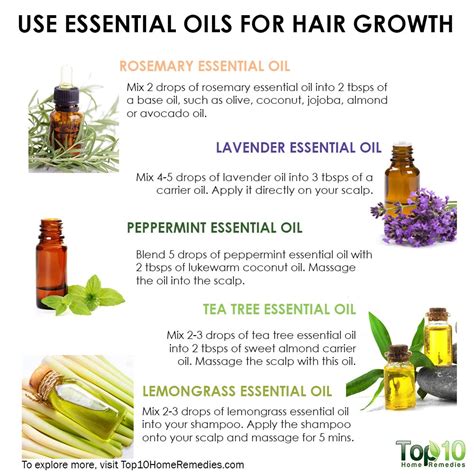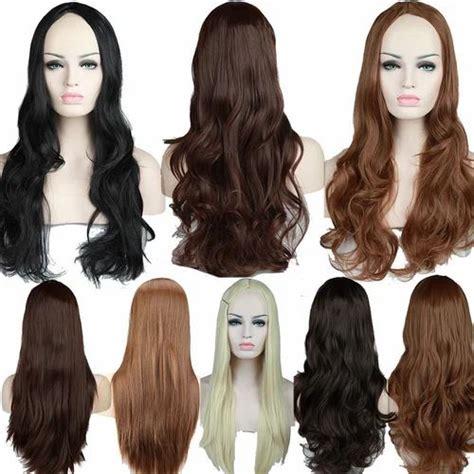What are Natural Looking Wigs?
Natural looking wigs are hairpieces designed to provide a realistic and undetectable appearance, concealing hair loss or thinning. They are made from high-quality materials such as human hair, synthetic fibers, or a combination of both. These wigs are meticulously crafted to mimic the natural texture, color, and density of human hair, ensuring a seamless blend with existing hair.

Why Choose Natural Looking Wigs?
According to the American Hair Loss Association, over 50 million Americans experience hair loss or thinning. Natural looking wigs offer numerous benefits:
- Concealment of Hair Loss: Wigs provide instant coverage for hair loss caused by medical conditions, genetic factors, aging, or other reasons.
- Restoration of Confidence: Hair loss can significantly impact self-esteem. Natural looking wigs can help restore confidence and improve overall well-being.
- Versatile Styling Options: Wigs offer a wide range of styling possibilities, allowing wearers to experiment with different looks without damaging their natural hair.
- Protection from Hair Damage: Wigs can shield natural hair from heat styling, chemical treatments, and environmental aggressors, promoting hair health.
Types of Natural Looking Wigs
Natural looking wigs can be categorized based on materials used and construction methods:
1. Human Hair Wigs:
- Full Lace Wigs: Lace-based wigs provide the illusion of hair growing directly from the scalp, offering the most natural look. They are breathable and comfortable to wear.
- Monotop Wigs: These wigs feature a thin, transparent mesh top that creates a realistic illusion of hair parting. They are lightweight and provide a natural appearance at the crown.
- Lace Front Wigs: They have a lace front that frames the face, while the rest of the hairpiece is made from synthetic fibers. They offer natural movement and styling options.
2. Synthetic Hair Wigs:
- Heat-Resistant Synthetic Wigs: These wigs can withstand heat styling tools up to a certain temperature, allowing for easy styling versatility.
- Non-Heat-Resistant Synthetic Wigs: These wigs are not heat-resistant and require gentle handling to avoid damage. They often offer a wide range of colors and styles.
3. Blends:
- Human Hair and Synthetic Hair Mix: These wigs combine the best of both materials, providing natural texture and styling options while maximizing durability.
How to Choose a Natural Looking Wig
Selecting the right wig requires careful consideration of factors such as:
- Hair Texture and Color: Choose a wig that matches your natural hair texture and color to ensure a seamless blend.
- Head Size and Shape: Measure your head circumference to find a wig that fits comfortably.
- Styling Preferences: Consider the different styling options available with each wig type to meet your desired look.
- Quality and Durability: Invest in a high-quality wig from a reputable manufacturer to ensure longevity and natural appearance.
Step-by-Step Guide to Applying a Natural Looking Wig
- Prepare Your Hair: Braid or wrap your natural hair into a compact shape to minimize bulk under the wig.
- Position the Wig Cap: Wear a wig cap over your hair to create a smooth base for the wig.
- Apply Adhesive: If necessary, apply wig adhesive around the hairline to secure the wig to your scalp.
- Place the Wig: Carefully position the wig on your head, aligning the hairline with your natural hairline.
- Adjust and Style: Use wig clips or bobby pins to secure the wig and adjust the fit for a natural look. Style the hair to your desired shape.
Effective Strategies for Maintaining Natural Looking Wigs
- Regular Brushing: Brush your wig gently to remove tangles and maintain its shape.
- Washing and Conditioning: Wash your wig as per the manufacturer’s instructions using specialized wig products.
- Styling Products: Use wig-friendly styling products designed to minimize damage and preserve the natural look.
- Heat Protection: Avoid using excessive heat on synthetic or heat-resistant wigs to prevent damage.
- Storage: Store your wig on a wig stand or in a moisture-free environment when not in use.
Frequently Asked Questions
- Are natural looking wigs expensive? Prices vary depending on materials, construction, and brand reputation. However, with advances in technology, natural looking wigs are becoming more affordable.
- Can I wear a wig for swimming? Some specially designed wigs can withstand water exposure, but it’s recommended to consult the manufacturer’s guidelines.
- How often should I replace my wig? The lifespan of a wig depends on usage and care. With proper maintenance, a high-quality wig can last for several months to years.
- Can I cut or color my wig? Cutting or coloring a wig is not recommended as it may alter its original appearance and damage the materials. Consult a professional wig stylist for any modifications.
Creative Applications of Natural Looking Wigs
- Temporary Hair Transformations: Wigs can offer instant hair color changes or length extensions without committing to permanent alterations.
- Special Occasions: Natural looking wigs can enhance hairstyles for weddings, prom, and other formal events.
- Cosplay and Theatrical Performances: Wigs play a crucial role in character portrayals, providing realistic hairlines and textures.
- Medical Hair Replacement: Wigs can provide hair coverage for patients undergoing chemotherapy or other medical treatments that cause hair loss.
Table 1: Types and Features of Natural Looking Wigs
| Wig Type | Materials | Construction | Advantages |
|---|---|---|---|
| Full Lace Wigs | Human hair | Lace base | Most natural-looking, breathable |
| Monotop Wigs | Human hair | Thin mesh top | Realistic parting, lightweight |
| Lace Front Wigs | Human or synthetic hair | Lace front framing face | Natural movement, styling options |
| Heat-Resistant Synthetic Wigs | Synthetic fibers | Heat-resistant | Versatile styling options |
| Non-Heat-Resistant Synthetic Wigs | Synthetic fibers | Not heat-resistant | Wide color range, affordable |
| Human Hair and Synthetic Hair Mix | Human and synthetic hair blend | Combines natural texture and durability |
Table 2: Factors to Consider When Choosing a Natural Looking Wig
| Factor | Considerations |
|---|---|
| Hair Texture and Color | Match natural hair to ensure a seamless blend |
| Head Size and Shape | Measure circumference for a comfortable fit |
| Styling Preferences | Determine desired styling options |
| Quality and Durability | Invest in high-quality wigs for longevity |
Table 3: Effective Strategies for Maintaining Natural Looking Wigs
| Strategy | Purpose |
|---|---|
| Regular Brushing | Remove tangles, maintain shape |
| Washing and Conditioning | Clean and condition wigs using specialized products |
| Styling Products | Minimize damage, preserve natural look |
| Heat Protection | Protect synthetic or heat-resistant wigs from damage |
| Storage | Prevent moisture and deformation |
Table 4: Creative Applications of Natural Looking Wigs
| Application | Benefits |
|---|---|
| Temporary Hair Transformations | Instant color changes or length extensions |
| Special Occasions | Enhance hairstyles for formal events |
| Cosplay and Theatrical Performances | Realistic hairlines and textures |
| Medical Hair Replacement | Hair coverage for medical hair loss |
